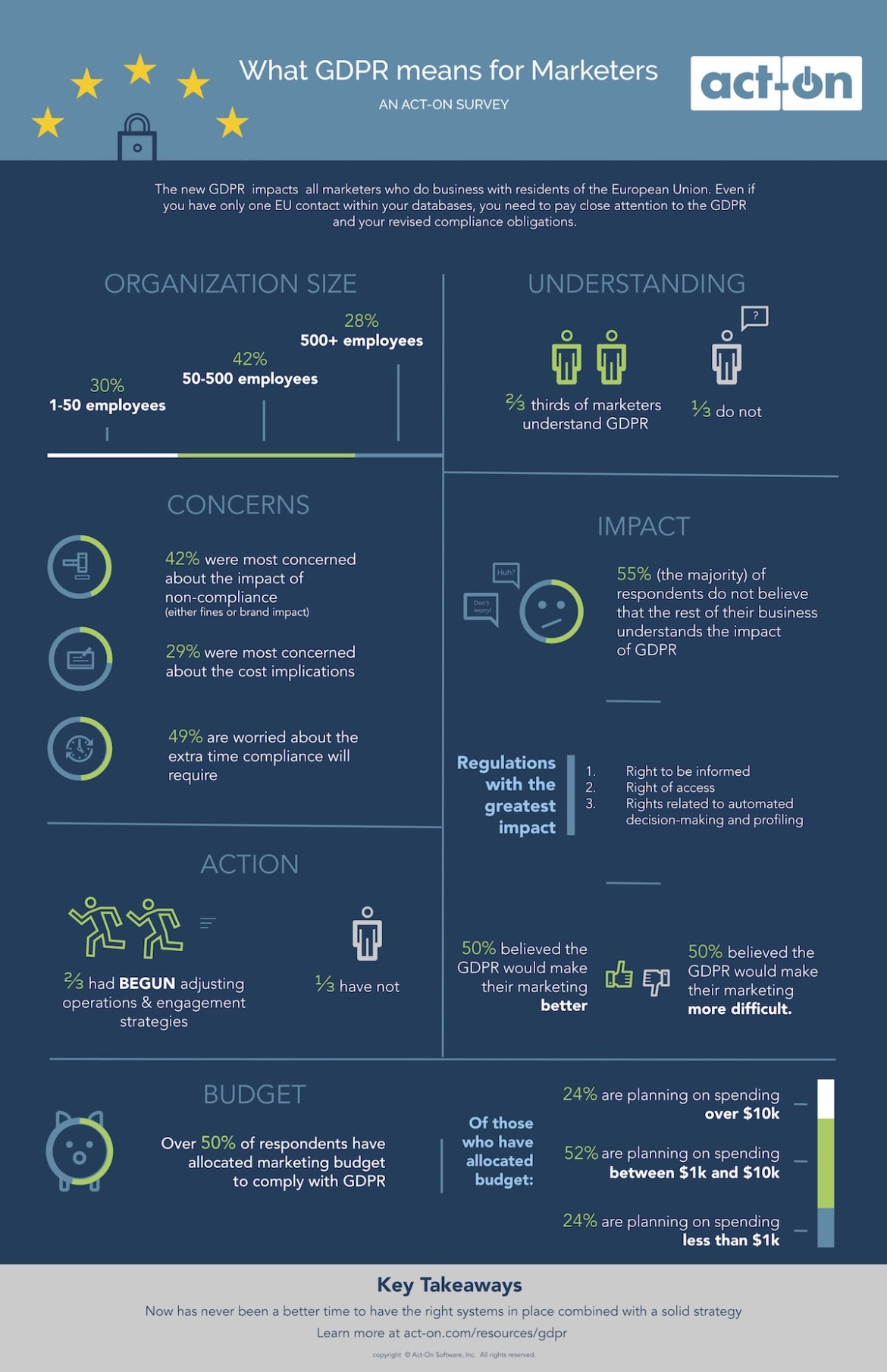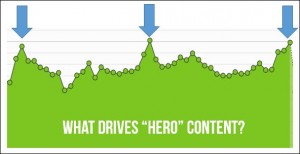— June 3, 2018
Frankly, speaking this action was a warranted one.
Aggressive and abusive email marketing tactics had become quite rampant and even I, from a consumer’s point of view, used to get irritated with the flurry of messages being bombarded from all corners of the web.
Previously, it was the Nigerians we would blame it upon.
But a time came when it seemed the whole internet community was out to get you in your inbox.
Seriously marketers, would you learn the Art of Email Marketing from this article first, please?
So, General Data Protection Regulation (GDPR), which is nothing but giving back power to the data subjects—internet users like you and me—to decide who holds their information, how long and for what purpose, is warmly welcome.
But howsoever helpful it might be for the consumers, this might turn out to a rather nasty prick in the a*** of hard-core email marketers, to be honest.
What does GDPR mean for future email marketing campaigns?
Unbundled: The potential email recipients must clearly know why the data is being asked for. And remember, it should be separately and distinctly explained, apart from the terms and conditions. Consent will not be assumed as a result of a customer signing up for a service unless that service specifically requires it.
Active opt-in: Clear opt-in boxes need to be used for the data subjects to notice them properly. Pre-ticked boxes will not be sufficient to confirm consent.
Granular: If different degrees and varieties of data handling are expected to be gathered or utilized, each stratus of such data revelation and the consequences of such needs to be elucidated. This measure means consumers will have maximised control over the data that they are submitting for processing.
Named: Marketers must reveal the name of the data-handling organisation and also the third parties who might get access to such data. For example, stating that information may be shared with other car dealers is evidently not enough. Each such car dealer should be named.
Evidenced: Where compliance increases its hold, evidence becomes crucial in cases of disputes. Records need to be maintained for the data subject, and the data, its purposes and its timeline. Even the method of consent needs to be noted. Why? It is to figure out the scope of the consent given by the data subject.
Easy to withdraw: Data subjects must be given the permission and facilities to withdraw their data promptly and without hassle under GDPR. Marketing teams will have to make efforts to facilitate this option to withdraw from email transactions.
No imbalance: This one—that the power distribution between the marketer and the consumer must be equal—is BIG. Marketers must now keep reminding data subjects about what they have given consent to and regularly ask for consent to be renewed or reconsidered. The data subject must always be in control of its data, whatever the situation might be.
The next question that comes up is…
How to send emails under GDPR?
Good question.
And my answer would be, “Do unto others as you would wish to be done unto you.”
It’s that simple, really.
DO ask for permission whenever required — remember, the data owner has the power over it. You are just a tenant and before utilizing the Lord’s property, you must seek his permission, from time to time. It’s better to be safe than sorry, and asking for direct, affirmative permission to contact someone via email is the most secure process under GDPR and E-Privacy legislation.
DON’T send ANY form of an email to anyone who has asked given you such permission. Exclude anyone from your campaigns who do not wish to be contacted, unsubscribed from a list, or opted-out in any other way.
DO study the divergence between B2B and B2C markets, and part your mailing lists accordingly.
B2B emails are usually sent to a particular business email and not to a particular person. Yes, you might be sending the email to the General Manager or the HR Representative. But business email addresses are normally open to the public to get in touch with.
However, it is not so with personal email addresses. You need explicit permission to promote your product or service to an individual unless he is your uncle who stays in Canada.
That said, DON’T add every business email address you get hold of to every mailing list your company uses. Instead, write them a thoughtful introduction, coupled with some niceties, for him to get curious about your products and services on his own.
No aggressiveness, remember!
Then — now comes the serious bit — ask them if they would like to be added to your email list to receive information on the industry or new updates and offers on your products and services.
If they say no, DON’T add them — silence is not consent!
When dealing with one person companies, sole proprietorships or even small firms with a couple of partners, DO follow B2C rules. Just as with an individual customer, you need to ask for explicit consent for opt-in to send them future emails. (Or else, the GDPR dog watches!)
DON’T assume your prospects wants and desires. Yes, this is the irony. The more Big Data helps us know about our prospects, the lesser we are free to act upon it.
Emailing your past customers needs to comply with the acceptable time period customary between two consecutive emails as suitable for the products and services. Moreover, every email should correlate to the nature of the product or service bought for. (You cannot sell dog laces to someone who bought acne removal creams from you before.)
One important point to note:
If you are using ‘intelligent’ email marketing tools and alter campaigns based on the behavioural metrics of the email recipient, you are violating GDPR. You DO need to inform email recipients about this particular finding and that you might be modifying your campaigns based on that data, giving them the option to opt-out or unsubscribe.
Ideally, if you are communicating with new contacts, DON’T be too rigid. Try to engage them with valuable content in various formats like eBooks, white papers, reports, blogs, etc.
The customer is king.
If you remember this always, you will fare properly.
Below is an infographic you might love if you are a marketer.

Digital & Social Articles on Business 2 Community
(97)
Report Post





